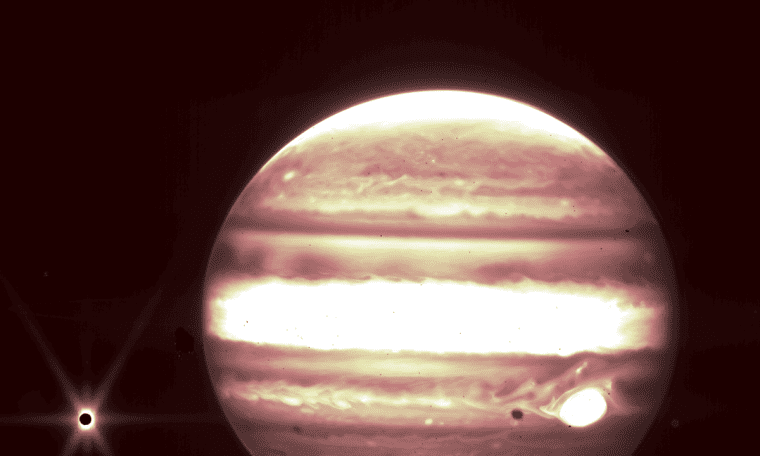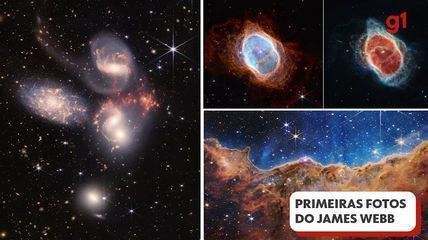
The International Space Telescope James Webb took the first pictures of Jupiter and its moons this Thursday (14). The giant planet was seen through infrared, which highlights its bands of various colors. In the image you can also see the Great Red Spot, which appears as a large white dot. Clever is actually a hurricane that is big enough to circle the Earth.
(Video: See the first photos released by the James Webb Super-Telescope.)

See the first photos released by the James Webb Super Telescope.
The material photographed includes images and spectra of several asteroids, which were captured to test the telescope’s instruments before scientific operations officially began on July 12. The test demonstrated that Webb tracks targets of the Solar System and produces images and spectra in unprecedented detail.
“Together with the deep-field images released the other day, these images of Jupiter demonstrate a complete understanding of Webb, from the faintest and most distant observable galaxies to the planets in our own cosmic backyard that you can see with the naked eye. naked from your real backyard,” Brian Holler, a scientist at the Space Telescope Science Institute in Baltimore who helped plan these observations, told NASA.
Jupiter, at center, and its moons Europa, Thebe and Metis — Photo: NASA
To the left is the moon called Europa, which probably harbors an ocean beneath its thick icy crust. It is the target of NASA’s next mission, called Europa Clipper.
The great wealth of these records is the evidence that Webb could observe satellites and rings in the Solar System, such as Jupiter, Saturn and Mars.
“I couldn’t believe we saw everything so clearly, and how bright they were,” said Stephanie Milam, deputy Webb project scientist for planetary science at NASA’s Goddard Space Flight Center in Greenbelt, Maryland. “It’s really exciting to think about the potential and opportunity to observe these types of objects in our solar system.”
Jupiter and some of its moons as seen through NIRCam’s 3.23 micron filter – Photo: NASA
In addition, the telescope easily captured some of Jupiter’s rings, which stand out especially in the image of the NIRcam’s long-wavelength filter, the Infrared Camera. The rings still visible in one of Webb’s first images of the Solar System are “absolutely surprising and incredible,” according to Milam’s assumption.



